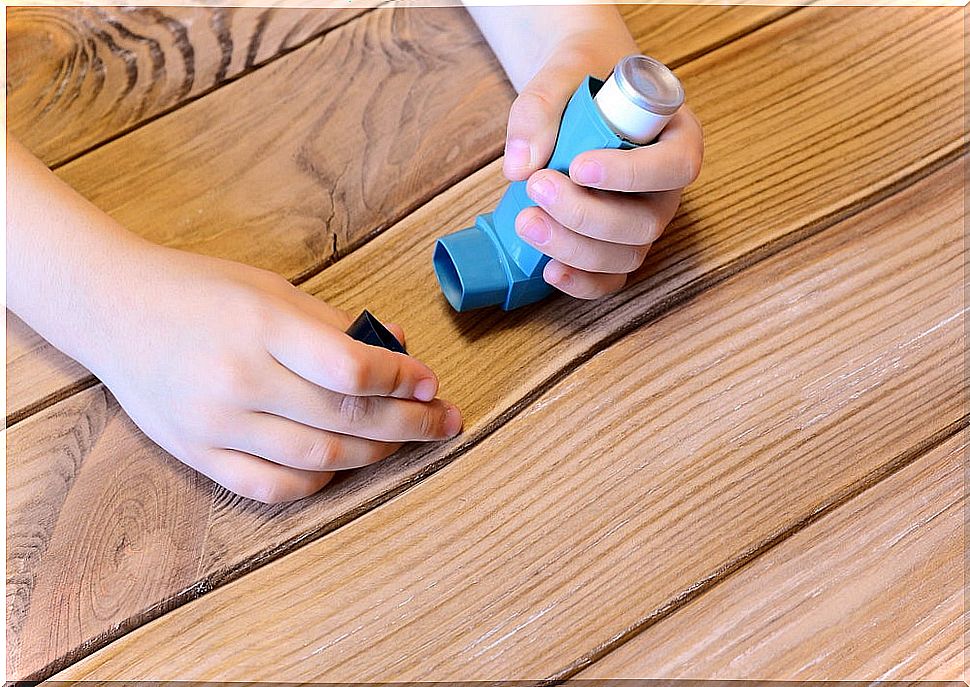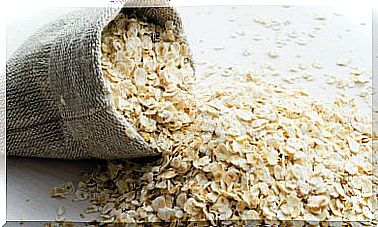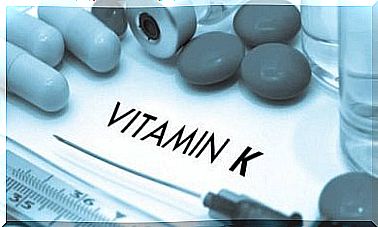Treatment Of Silicosis
Today there is no silicosis treatment capable of eradicating this occupational disease. For this reason, the first step is to get away from the causative agent.
Various studies have been carried out over the years with the aim of finding an effective silicosis treatment. In this sense, much confidence was placed in the polyvinyl-pyridine-N-oxide polymer, which was capable of protecting the lungs in experimental animals.
Work has also been done with a bis-benzyl-isoquinoline alkaloid, tetrandrine. This compound demonstrated its usefulness in vivo by reducing fibrosis and decreasing the synthesis of lung collagen in experimental animals that were exposed to silica. Like the previous polymer, there was no evidence of its efficacy in humans.
Other treatments that have been studied (without showing efficacy) were:
- Use of glucocorticoids. Although in some patients with acute or accelerated silicosis they experience improvement with them.
- Immunomuducers or immunosuppressants.
- Bronchoalveolar lavage.
- Inhalation of aluminum.
Although the disease cannot be stopped, symptomatic treatment is carried out. It consists of the following:
- Administration of antibiotics for the treatment of respiratory infections.
- Administration of bronchodilators.
- Lung transplant.
- Oxygen therapy.
- Other measures.
1. Bronchodilators

Inhaled bronchodilators are drugs that are delivered through a device that delivers a specific and sufficient dose into the airways. Its goal is to reduce the obstruction and bronchospasm characteristic of silicosis.
These preparations are composed of anticholinergic and B-adrenergic drugs. They are able to relax the muscles around the bronchi.
The most commonly used anticholinergic bronchodilators are:
- Ipratropium bromide
- Tiotropium bromide
With regard to B-adrenergic agents, they present an immediate effect.
The best known is salbutamol, which relieves the feeling of choking faster than anticholinergic drugs. For this reason it can be more effective during the crisis. Other B-adrenergics, this time long-acting, are:
- Formoterol
- Salmeterol
- Indacaterol
These long-acting drugs are useful for the long-term relief of symptoms, especially at night. However, they should not be used to treat symptoms.
2. Antibiotics
Antibiotics are used in the treatment of silicosis when it is accompanied by an infection.
The development of tuberculosis in people with silicosis is a frequent and serious complication, so these patients are recommended to be screened for tuberculosis.
In these cases in which silicosis is associated with tuberculosis, the support of a pulmonologist should be considered.
Silicosos patients who are positive against the tuberculosis test should be previously treated with oral isoniazid for at least one year.
The same indication is valid for the silicosus patient who for some reason receives glucocorticoids. In addition to receiving the pneumococcal and influenza vaccine, for its prevention.
3. Oxygen therapy and surgery
Oxygen therapy is a technique that consists of administering oxygen in high concentrations to the patient for whom it has been prescribed.
The purpose is to prevent or treat a hypoxic situation (lack of oxygen). Also respiratory failure developed by the disease.
There are two types of oxygen therapy:
- Normobaric oxygen therapy. Oxygen is administered in different concentrations through nasal cannulas or masks.
- Hyperbaric oxygen therapy. It consists of the administration of oxygen at its maximum concentration through a helmet or a mask. In this situation the patient must be in a hyperbaric chamber.
Lung transplantation in the treatment of silicosis is the last resort used.
4. Other measures in the treatment of silicosis

Apart from all pharmacological therapy, it is also recommended that other measures be carried out to improve the quality of life in these patients, such as nutritional intervention, psychological support, or avoiding exposure to the causative agent.
With these measures, we seek that the patient receives the necessary recommendations so that they can get away from smoking if they are a smoker, feel supported by the family and the health group for compliance with treatment and physical exercise.









